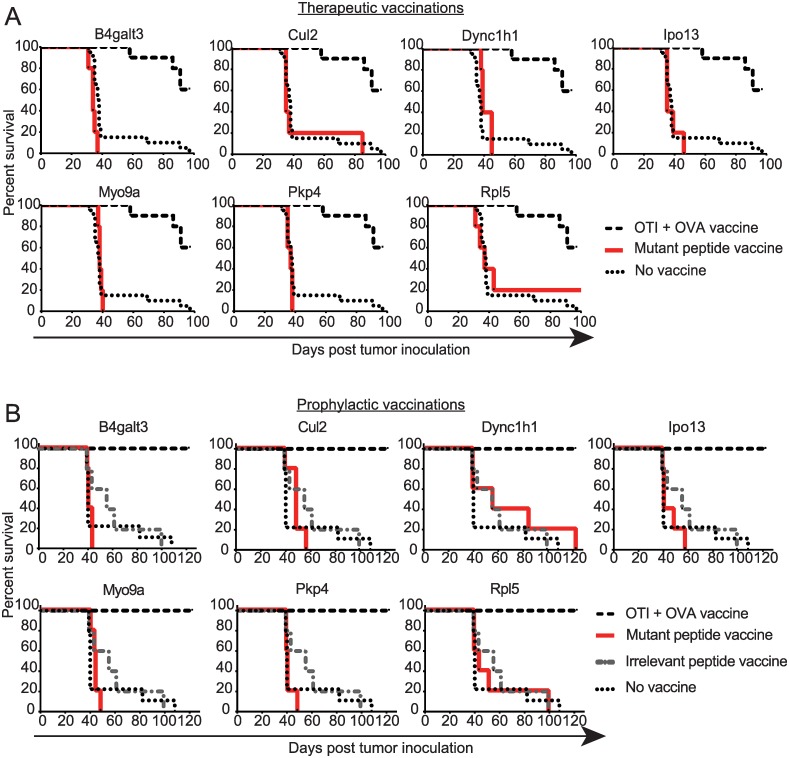Fig 5. Therapeutic and prophylactic vaccination with mutant peptides.
A. For therapeutic vaccination, mice (n = 5 per group) were inoculated with ID8-G7 tumor cells (106 cells/mouse) on day 0 and vaccinated on days 3–6 with individual mutant peptides (50μg) and poly(I:C) (10μg). As a positive control, one group of mice received adoptive transfer of OT-I splenocytes on day 2, followed by vaccination on days 3–6 with OVA protein (100 μg) and poly(I:C) (10 μg). Non-vaccinated mice served as negative controls. Each graph represents one group of 5 mice vaccinated with a single mutant 29mer peptide. The same group of positive and negative control mice were used for each graph. Mice were euthanized once they displayed abdominal distension due to ascites. B. For prophylactic vaccination, mice (n = 5 per group) were vaccinated on days -28 to -25 and -7 to -4 with mutant 29mer peptides (25 μg, 1 peptide per group) and poly(I:C) (10 μg). As a positive control, one group of mice received adoptive transfer of OT-I splenocytes on day -8 followed by vaccination on days -7 to -4 with OVA protein (100 μg) and poly(I:C) (10 μg). As negative controls, one group of mice was vaccinated with an irrelevant peptide, and a second group of mice received no vaccination. On day 0, mice received intraperitoneal inoculation of 106 ID8-G7 tumor cells. Mice were euthanized once abdominal distension due to ascites was observed.

